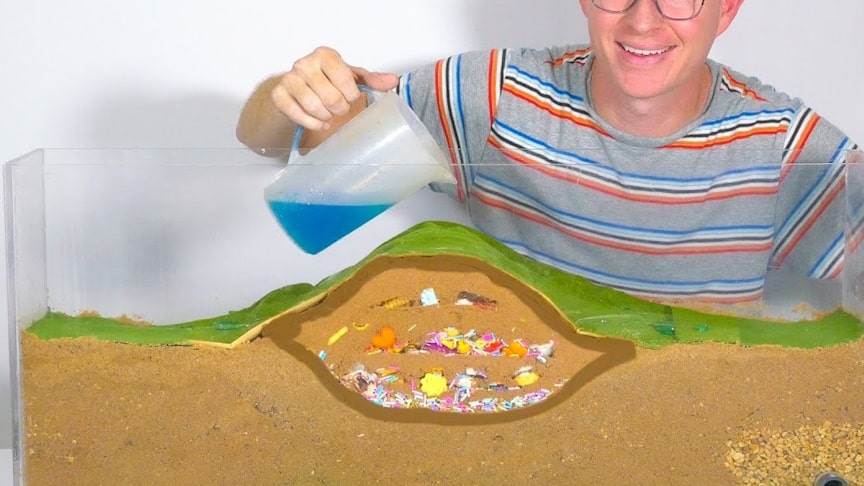A landfill is a site for the disposal of waste materials. It is the oldest and most common form of waste disposal, although the systematic burial of waste with daily, intermediate and final covers only began in the 1940s. . Landfills seem like an environmental blight, but really, properly designed ones play a huge role in making sure waste products don’t end up in our soil or air or water.
source.image: Practical Engineering
Operators of well-run landfills for non-hazardous waste meet predefined specifications by applying techniques to:
- confine waste to as small an area as possible
- compact waste to reduce volume
They can also cover waste (usually daily) with layers of soil or other types of material such as woodchips and fine particles. Basic parts of a landfill include the leachate collection system that gathers liquids produced from the waste, the stormwater management system that collects rainwater before it percolates in the waste mass and the gas collection and removal system.
Advertisement
Finally, the cover system seals off the top of the landfill to encapsulate the waste mass. A modern landfill has to be carefully designed and well-monitored to ensure compliance with environmental preservation requirements. Gases are produced in landfills due to the anaerobic digestion by microbes. In a properly managed landfill, this gas is collected and used. Its uses range from simple flaring to the landfill gas utilization and generation of electricity. Landfill gas monitoring alerts workers to the presence of a build-up of gases to a harmful level.











